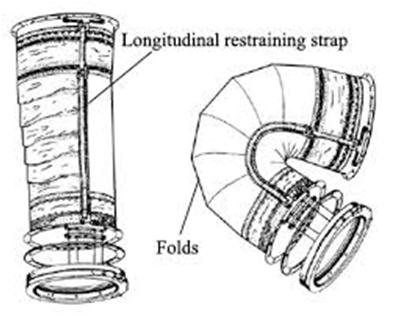We won't know if we are "there yet" until new suit designs are tried out on the Moon. The problem is certainly being worked on. Check the links below.
Moon dust is abrasive, which causes wear on parts moving in relation to each other. Movement is required for functional utility of a suit.
The big design problem with pressure suit design is change in volume with joint movement. If any volume change occurs, energy is needed to return to the neutral position (pressure x volume = work). To meet this requirement of constant volume, two types of constant volume joints have traditionally been employed: Bearing Seals and Bellows.
Below is the torso section of the Extravehicular Mobility Unit (EMU) suit which makes extensive use of bearing joints:

 https://ingeniumcanada.org/aviation/education/space-suit-hero-upper-torso-assembly
https://ingeniumcanada.org/aviation/education/space-suit-hero-upper-torso-assembly
The seals and bearings are complex, and a major source of suit leakage, even without moon dust gritting things up.

The alternative design is the bellows joint which allows flexion but not rotation. This elbow bellows is combined with bearing seals at each end to permit rotation.

An Investigation on the Configuration of Spacesuit Soft Joints International Conference on Civil, Materials and Environmental Sciences (CMES 2015)
IOP Conf. Series: Materials Science and Engineering 187 (2017) 012014 doi:10.1088/1757-899X/187/1/012014
A bellows joint works on the same principle as a vacuum cleaner hose: Circumferential bands prevent change in diameter while soft sections in between allow flexion. A longitudinal restrainer is required to prevent internal pressure of an EVA suit from ballooning the length of the bellows. This restrainer defines the axis of permissible flexion. Bellow joints are very dust resistant. However, because they cannot rotate, they need to be paired with bearing seals.
Without these constant-volume joints, suit pressure would immobilize the astronaut. Unfortunately, bearing joints (with their seals) are a necessary evil. With their tight tolerances and rubber seals, they are very susceptible to abrasion from regolith dust. And efforts to blow dust out risks driving it deeper into crevices.




